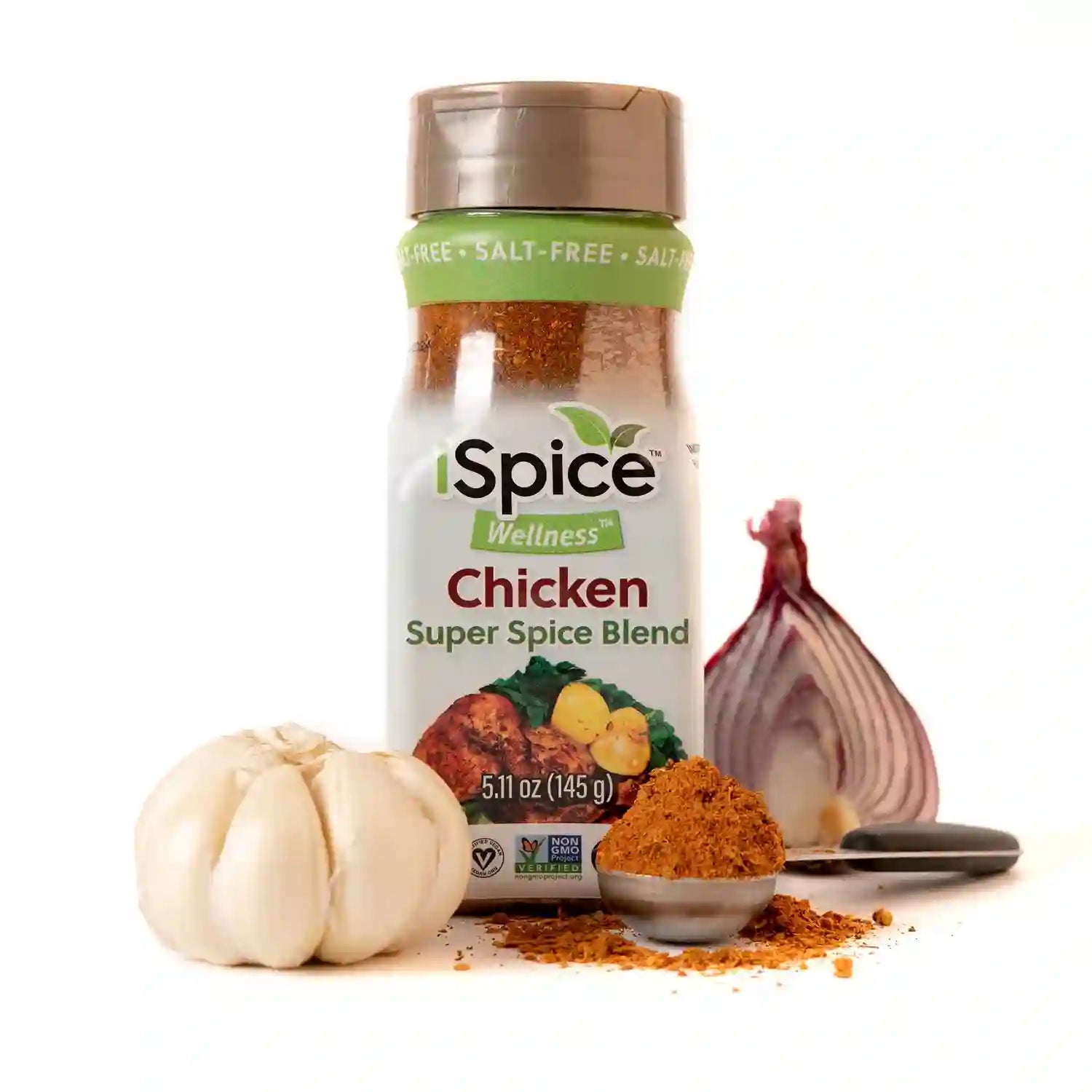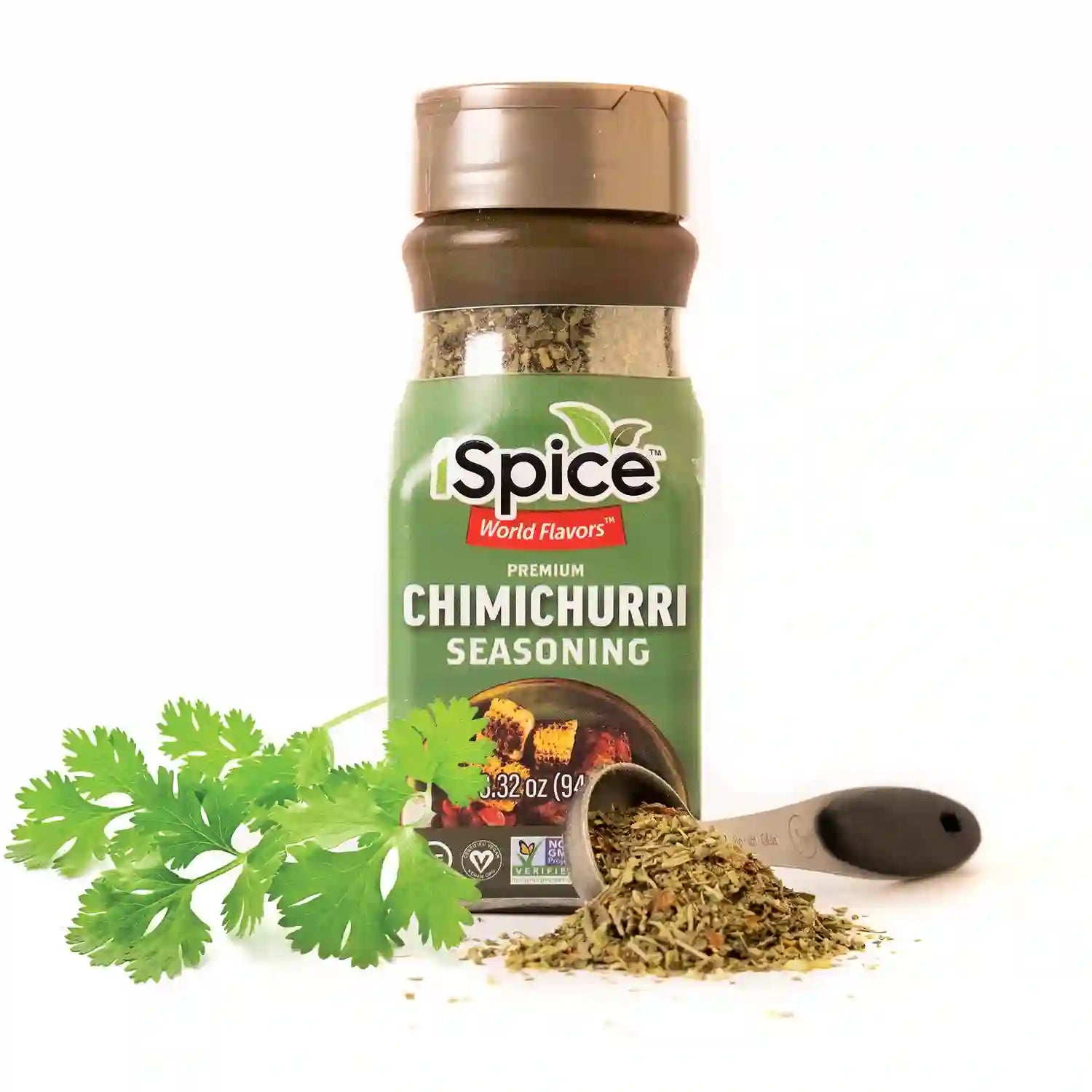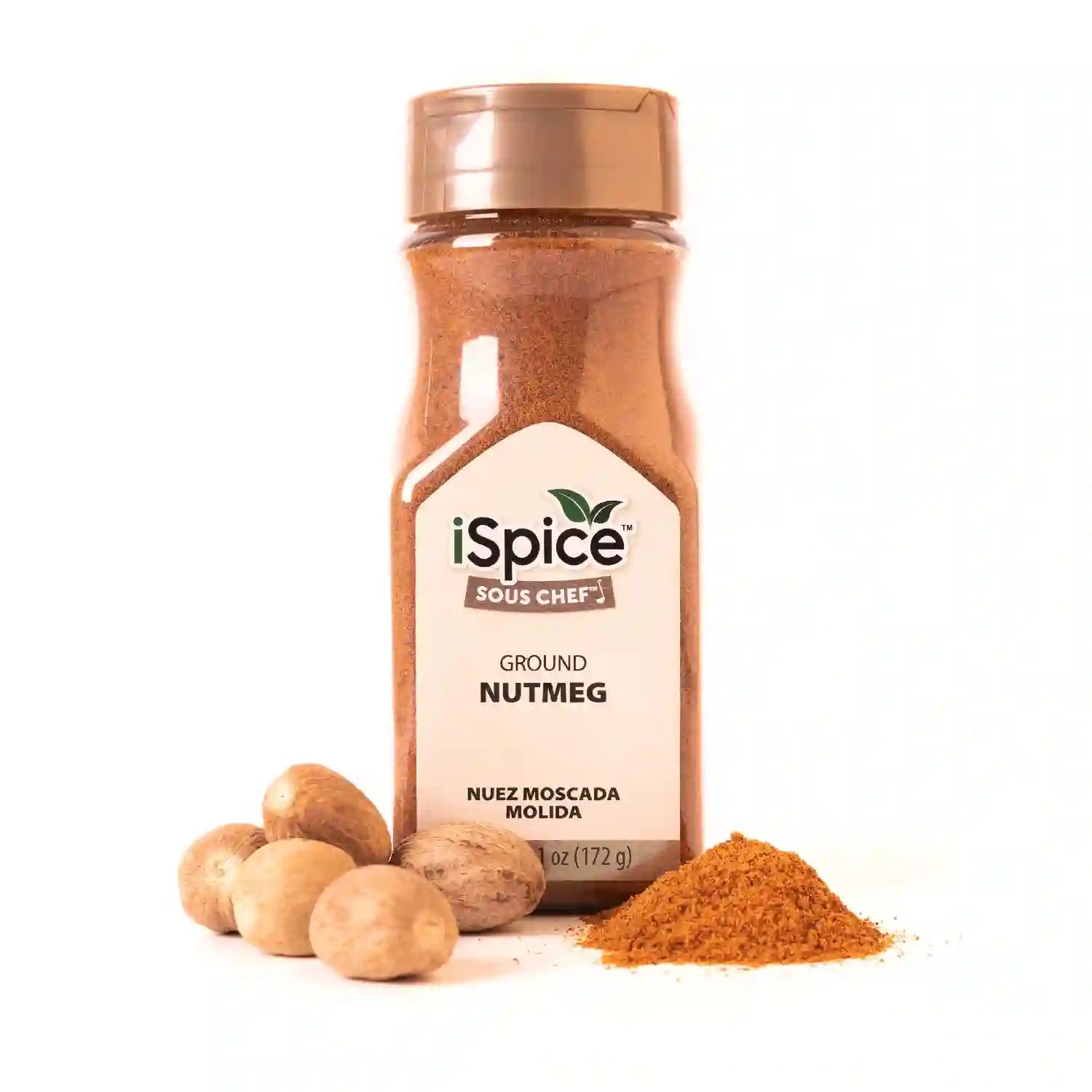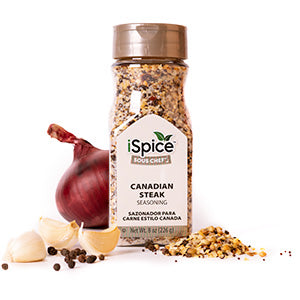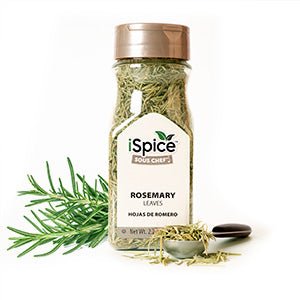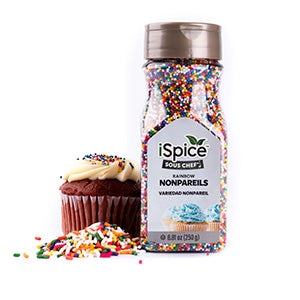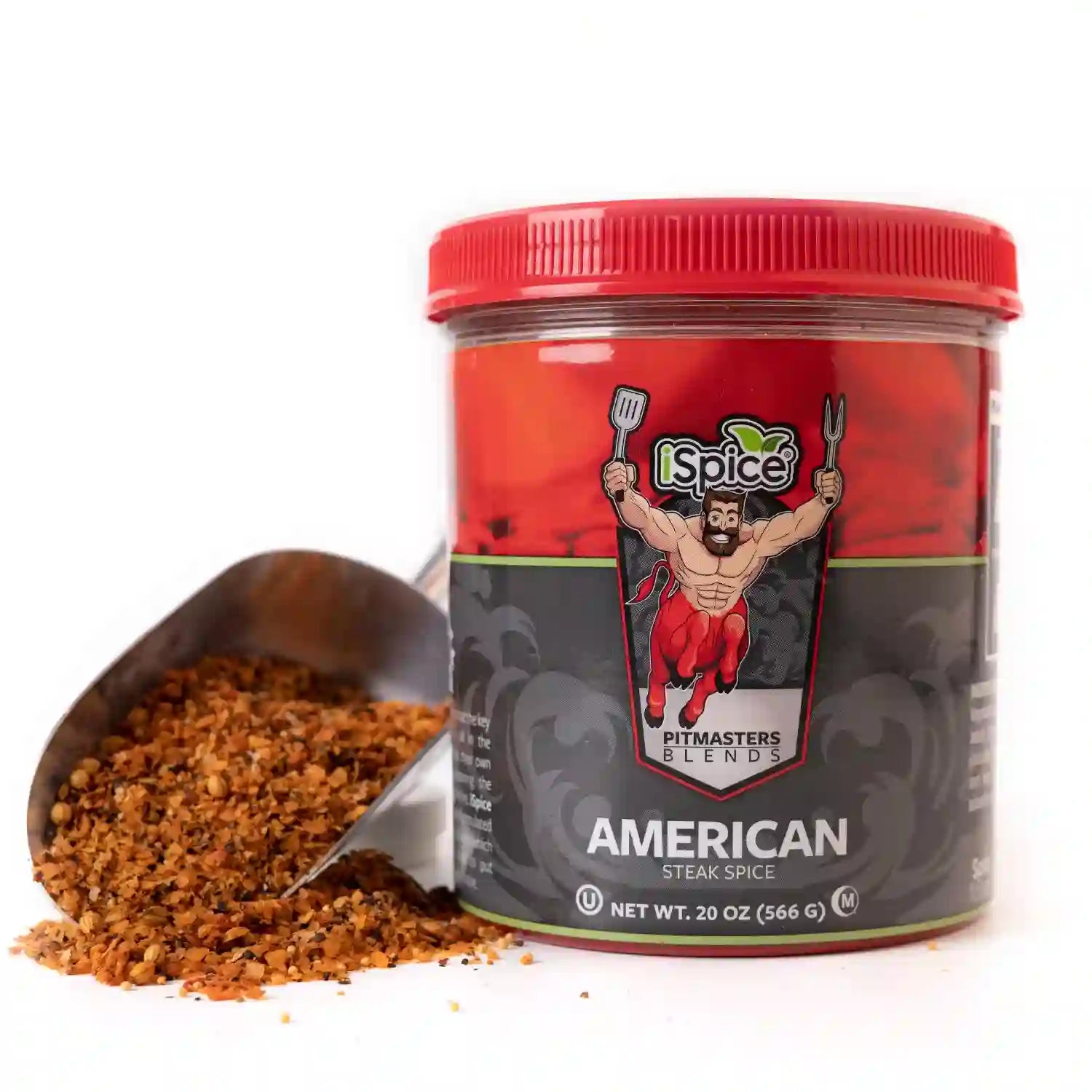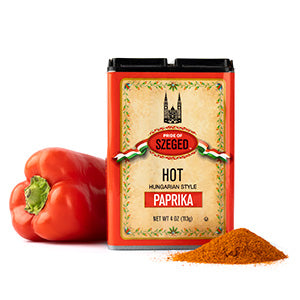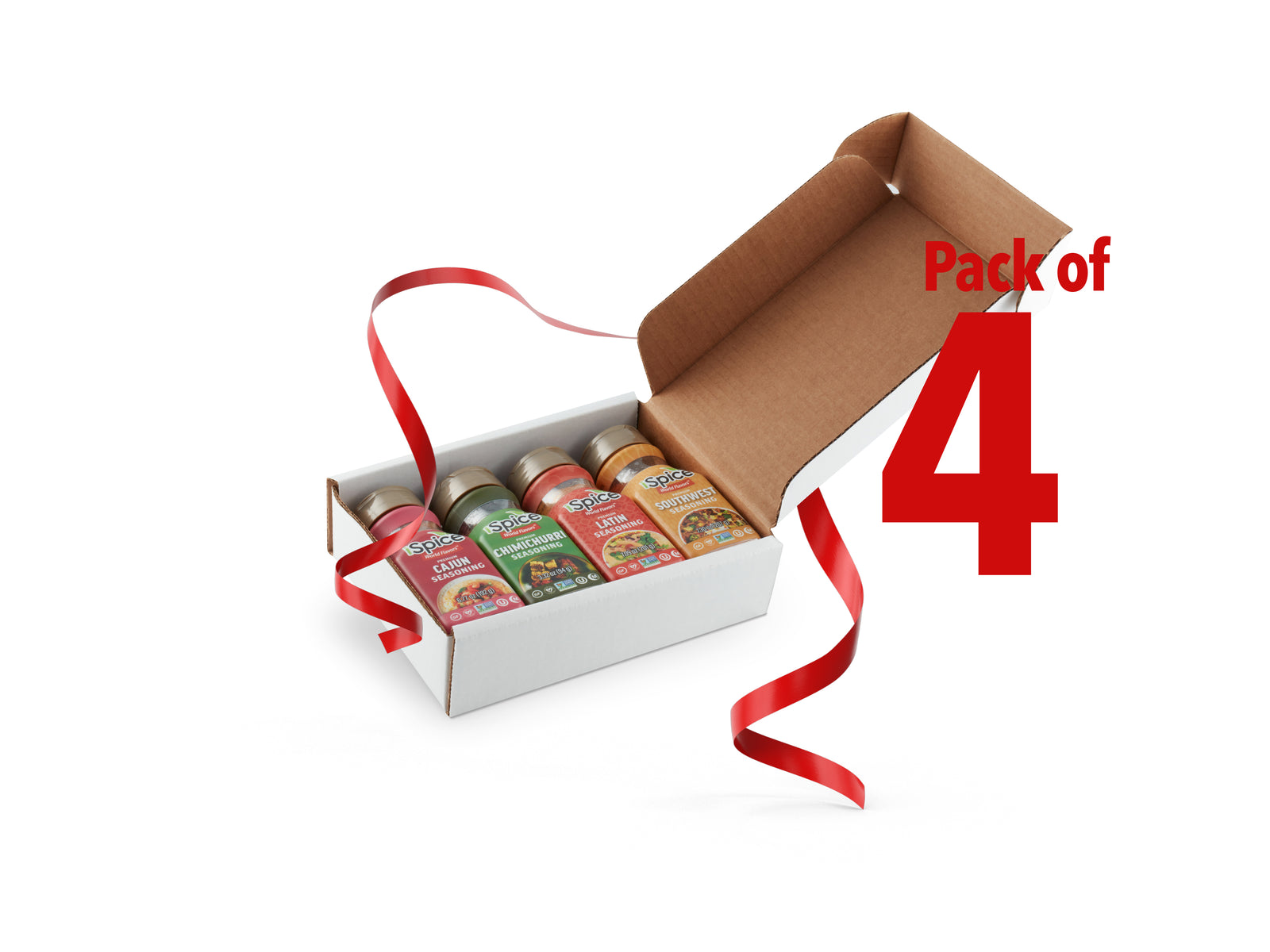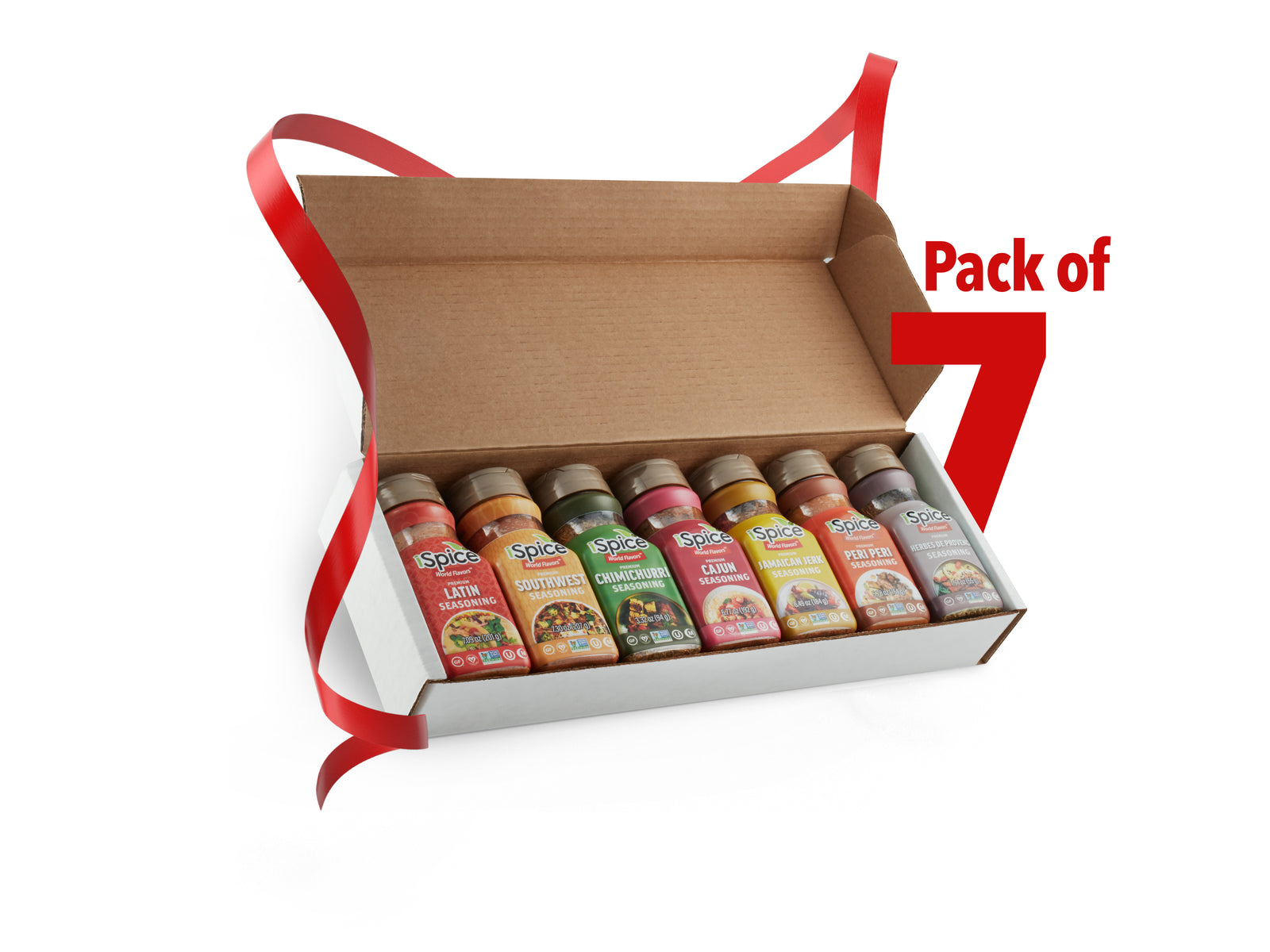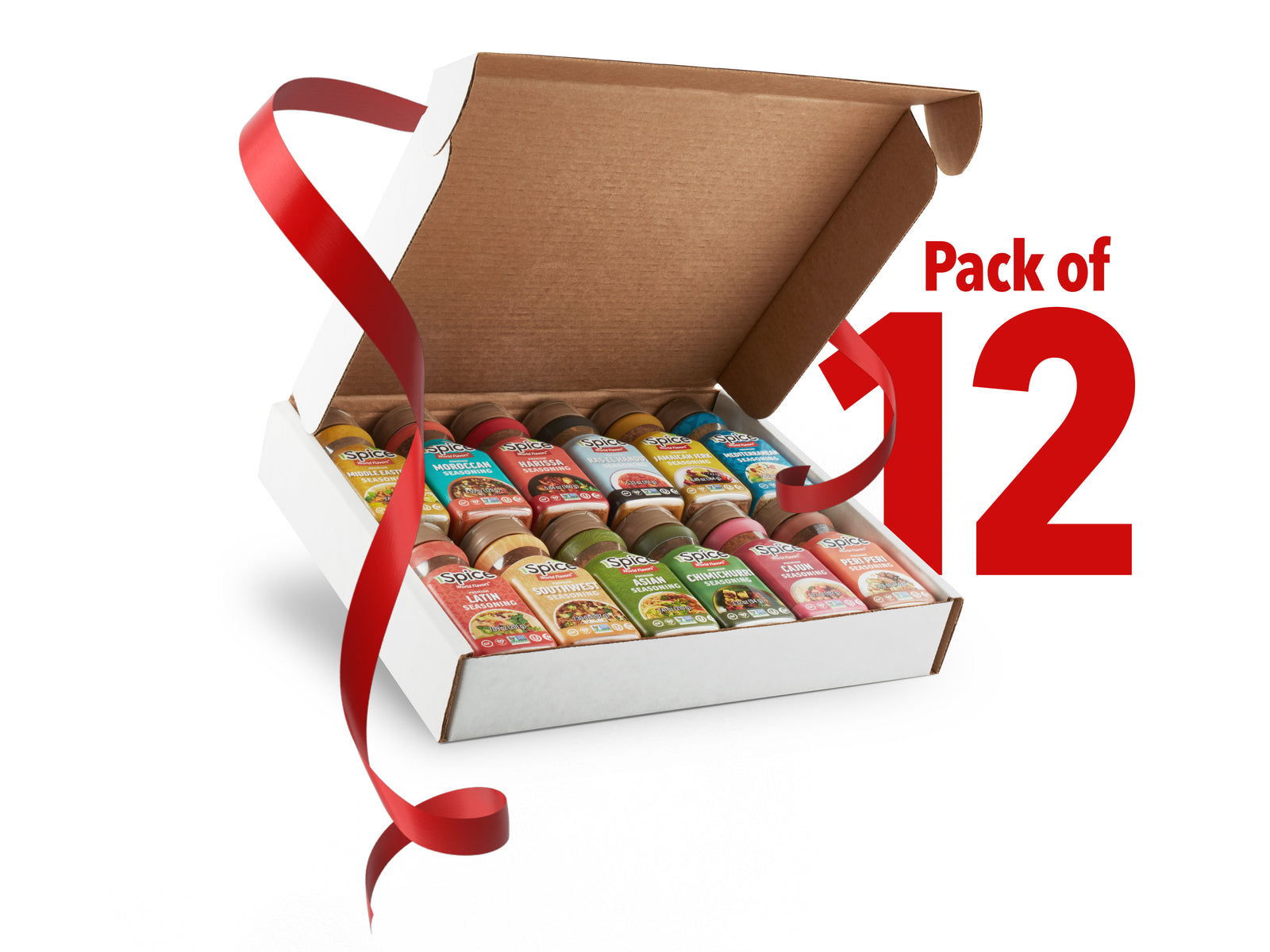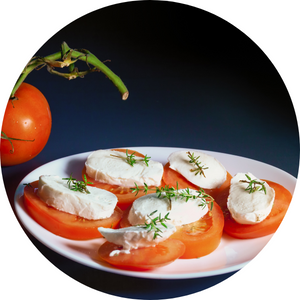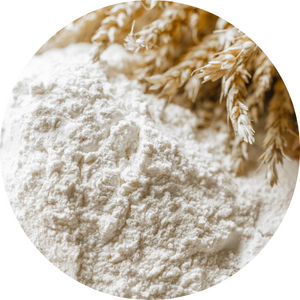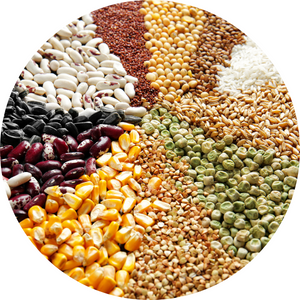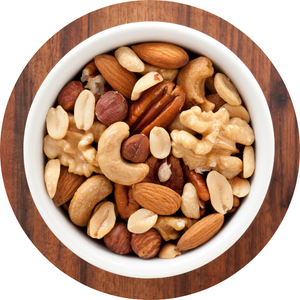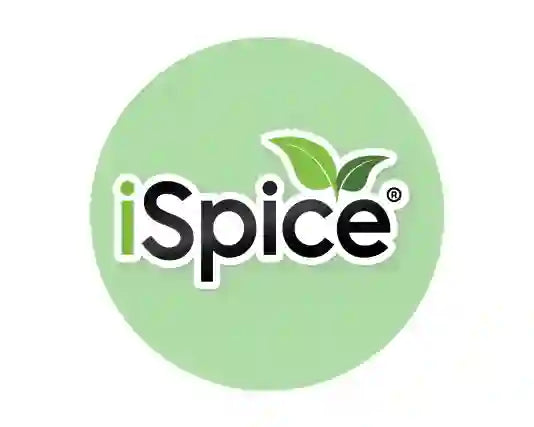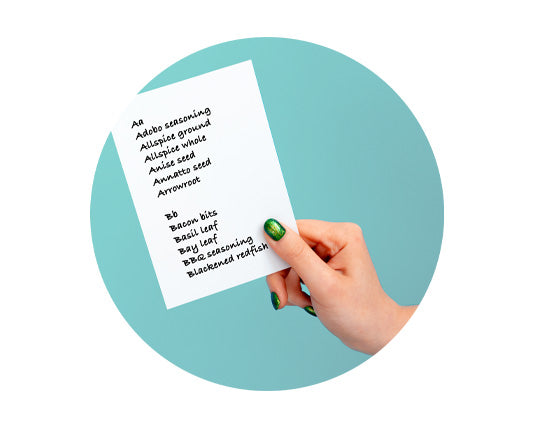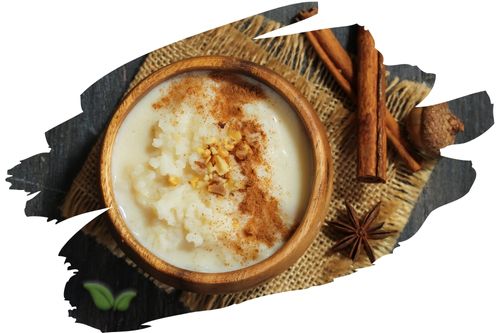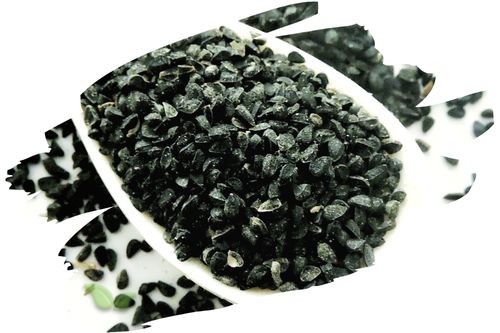
If you’ve ever dreamed of cooking with herbs picked straight from your garden, you’ll be happy to know it’s easier than you think. Fresh herbs not only enhance the flavor of your meals—they’re economical, fragrant, and simple to grow, even in small spaces. Whether you have a sunny kitchen windowsill or a backyard plot, you can grow a thriving herb garden with just a few essentials.
1. Choosing the Right Herbs for Beginners
Start with hardy, easy-to-grow herbs that don’t require constant attention. Some of the best beginner herbs include:
-
Basil – Perfect for salads, pasta, and sauces. Loves warmth and sunlight.
-
Parsley – Great for garnishes and soups. Grows well in containers.
-
Thyme – Drought-tolerant and ideal for roasted meats or vegetables.
-
Mint – Refreshing for drinks and desserts but grows aggressively, so keep it in a pot.
-
Rosemary – Evergreen and aromatic; perfect for chicken and bread recipes.
-
Chives – Adds a mild onion flavor to salads and dips.
2. Selecting the Ideal Growing Location
Herbs thrive in 6–8 hours of sunlight daily. A south-facing window or balcony is ideal. For indoor gardening, use grow lights if natural light is limited. Ensure pots have good drainage to prevent root rot.
3. Planting and Soil Tips
Use well-draining soil mixed with organic compost. Most herbs prefer slightly dry conditions, so avoid overwatering. Start with seeds or small starter plants. Space them properly to ensure airflow and prevent mildew.
4. Watering and Maintenance
Water herbs when the top inch of soil feels dry. Morning watering is best to allow moisture to soak before the heat of the day. Pinch back the tops of plants like basil to encourage bushier growth and prevent early flowering.
5. Harvesting and Storing Fresh Herbs
Regular harvesting promotes new growth. Cut leaves just above a leaf node to help the plant regrow quickly.
To store herbs:
-
Fresh use: Keep trimmed stems in a glass of water.
-
Drying: Hang bunches upside down in a cool, dark place.
-
Freezing: Chop and store in olive oil ice cube trays for year-round flavor.
6. Benefits of Growing Your Own Herbs
Homegrown herbs are fresher, more flavorful, and free from preservatives. You’ll also save money and reduce food waste by picking only what you need. Plus, gardening offers a relaxing and rewarding hobby that connects you to nature.
Frequently Asked Questions (FAQ)
1. What are the easiest herbs to grow for beginners?
Basil, mint, parsley, chives, and thyme are beginner-friendly herbs that grow quickly and don’t require special soil or lighting.
2. Can I grow herbs indoors without sunlight?
Yes, you can use LED grow lights to mimic sunlight. Place them about 6–8 inches above your plants and keep them on for 12–14 hours a day.
3. How often should I water my herb plants?
Water when the top inch of soil is dry. Overwatering can cause root rot, so ensure your pots have drainage holes.
4. What is the best soil for growing herbs?
Use a light, well-draining potting mix with added compost. Avoid heavy garden soil that holds too much moisture.
5. When should I harvest herbs?
Harvest herbs in the morning after the dew has dried for the most concentrated flavor. Frequent trimming helps plants stay healthy and productive.
6. Can I grow herbs year-round?
Yes. Many herbs like basil, parsley, and chives grow indoors year-round with enough light and warmth.

